Europe's cultural diversity is exemplified not just by its languages and customs but also by its traditional clothing. These outfits are more than just attire; they are woven tales of history, symbolism, and regional identity. Let's unravel the threads of time and look closer at six iconic European garments that continue to capture the imagination and serve as proud symbols of their cultures.
Scottish Kilts: Tartan Tells a Tale
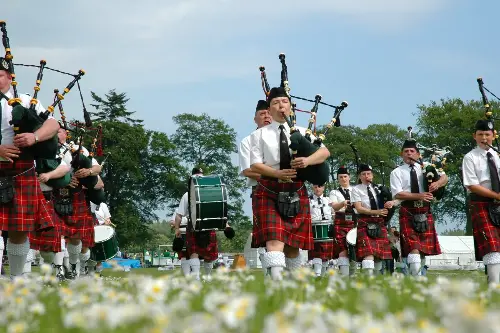
The Scottish kilt, with its distinctive plaid pattern known as tartan, is perhaps one of the most recognised traditional garments worldwide. A true emblem of Scottish heritage, the kilt dates back to the 16th century and was traditionally worn by Highlanders. Each tartan pattern is historically associated with specific clans, serving as a symbol of familial and regional loyalty. The kilt remains a staple for formal occasions, weddings, and traditional ceilidhs—a clear testament to its enduring significance in Scottish culture.
Flamenco Dresses: The Spirit of Andalucía
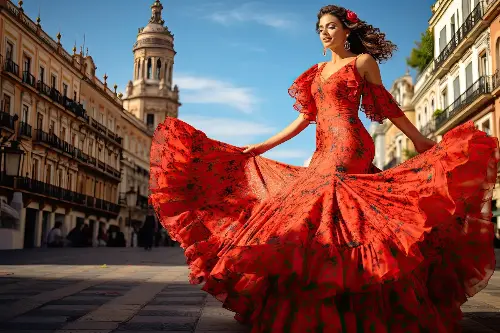
Moving to the warmer climes of Spain, the flamenco dress, or 'traje de flamenca', is synonymous with the fiery passion of Andalucian culture. Flamboyant ruffles, polka dots, and vibrant colours define this attire, which is typically worn during the Feria de Abril in Seville and other festivals. Inherited from the Roma of Southern Spain, flamenco dresses have evolved, each year bringing new trends while remaining authentic to their roots. Displaying individuality through costume, women take to the dance floor in these stunning gowns that reflect the vivacious soul of Spanish heritage.
Finnish Sami Clothing: Echoes of the Arctic
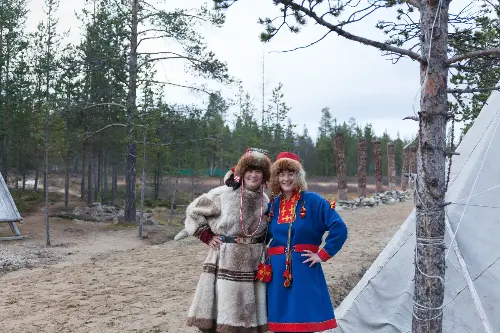
In the wintry landscapes of Northern Europe, the traditional clothing of the Sami people of Finland—the indigenous inhabitants of the Arctic Circle—stands out for its functionality and beauty. Characterised by broad, colourful belts, intricate embroidery, and red, blue, and yellow hues, Sami garb is designed to endure the harshest of climates while maintaining its distinct aesthetics. Silver jewellery and ornamental hats called 'four winds' hats are also integral to these ensembles, which provide insights into the Sami's connection to nature and their reindeer-herding livelihoods.
Dutch Traditional Attire: A Kaleidoscope of Regional Styles
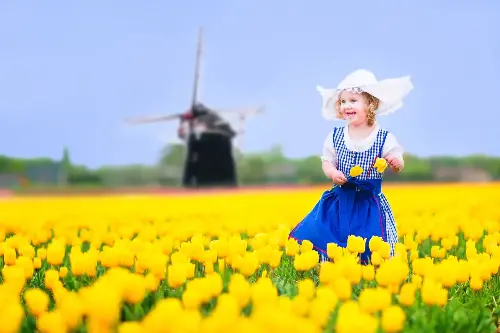
The Netherlands showcases a fascinating array of traditional attire with variations as diverse as the country's regions. Among the most famous is the costume from Volendam, featuring the 'hul', a winged bonnet for women, and dark, broadcloth trousers for men. Equally iconic are the wooden clogs ('klompen') that have become synonymous with Dutch heritage. Each region's costume comes with unique identifiers, from the lace caps of Zeeland to the North Brabant's protestant black attire, telling a story of regional pride and history.
Norwegian Bunads: Celebrating National Identity
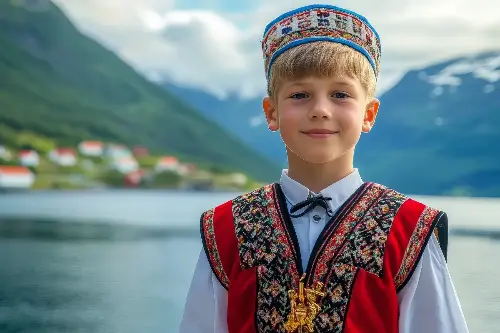
In Norway, the bunad is a festive garment worn on special occasions, particularly the National Day on May 17th. Each bunad is meticulously crafted, often taking years to complete, and it is passed down through generations as a family heirloom. Colours and accessories, including silver brooches and buttons, vary by region, and the intricate embroidery often contains motifs that symbolise personal or local narratives. Today, the bunad is a proud display of Norwegian cultural identity and heritage.
The Greek Fustanella: A Skirted Revolution

The fustanella is a traditional pleated skirt worn by men, historically associated with the Greek struggle for independence and also shared with other Balkan cultures. As a national costume, it holds a place of honour in the hearts of the Greek people. Featuring hundreds of pleats representing the years of Ottoman occupation, the fustanella is a poignant reminder of Greece's enduring spirit and its journey to freedom.
Each of these traditional European outfits is a storyteller, a custodian of memory, and an emblem of the indigenous spirit. These garments are more than mere whispers of the past; they are the cultural icons and historical narratives that continue to resonate within contemporary society. They remind us that clothing can be a powerful communicator, reflecting beliefs, experiences, and identities that are intricately interwoven with the fabric of time. Whether celebrated in dance, ceremonial events, or national holidays, these traditional European fashions wear their history with pride, and in doing so, keep their stories alive.
